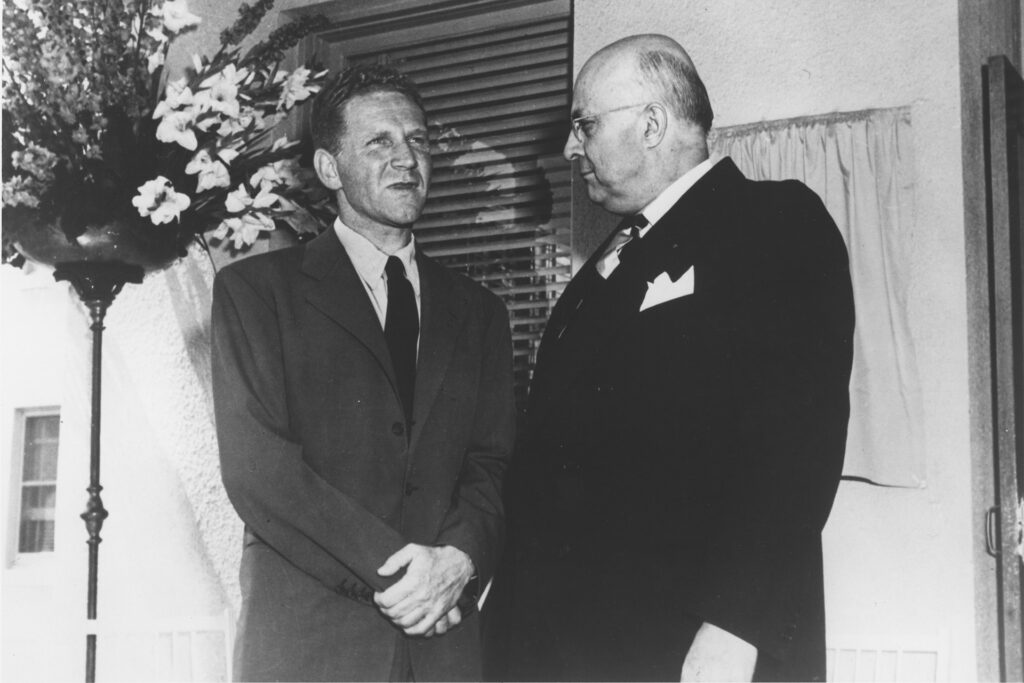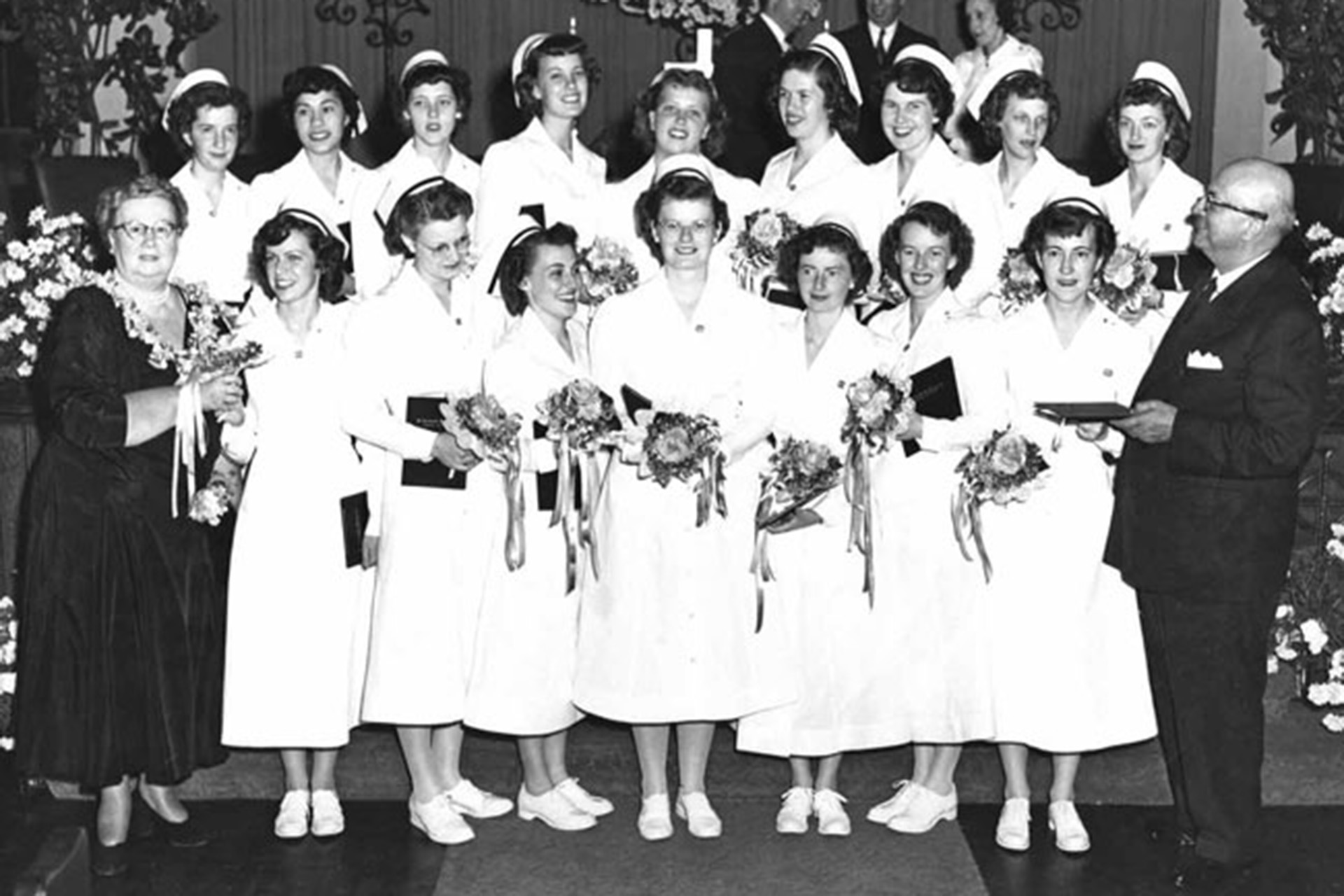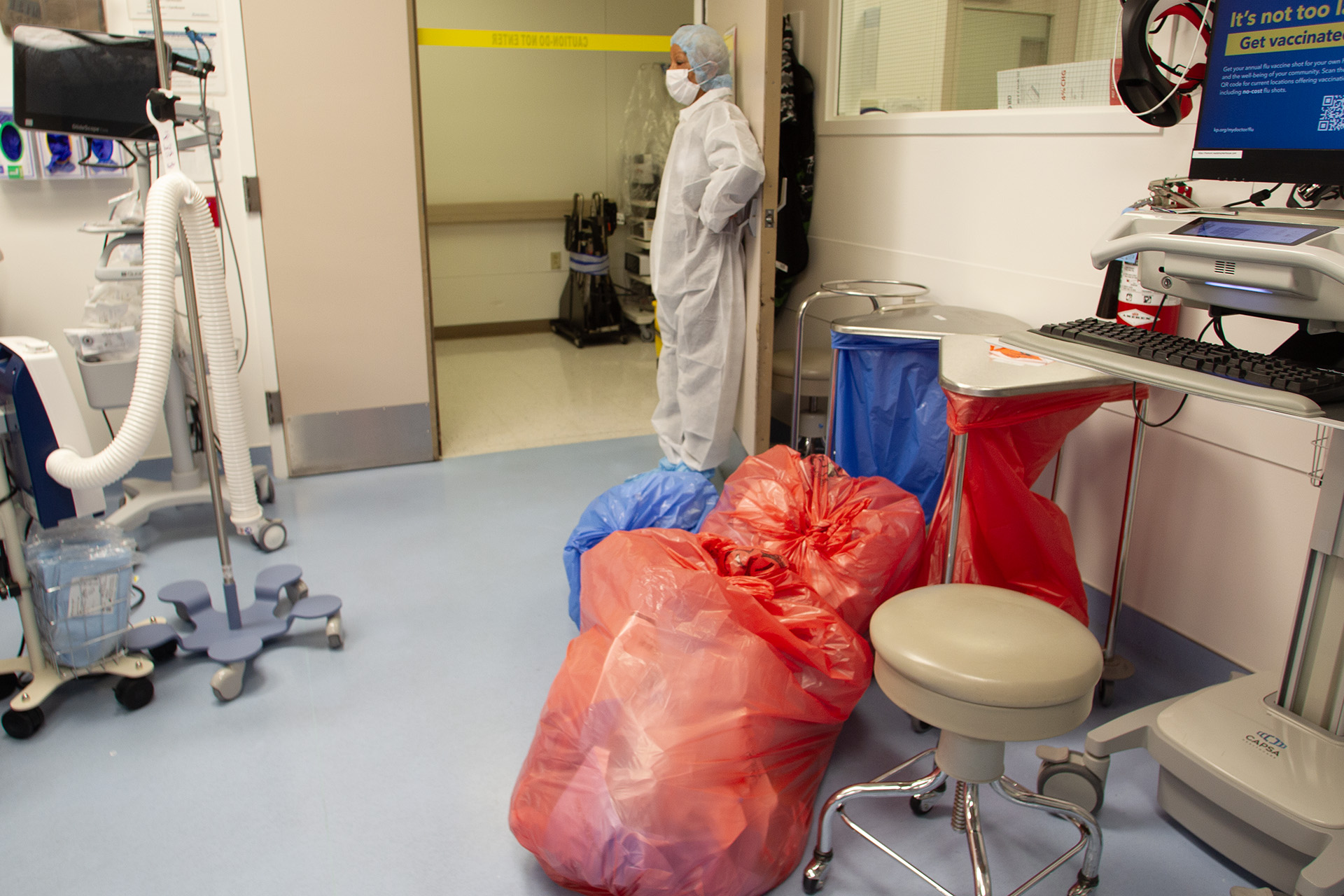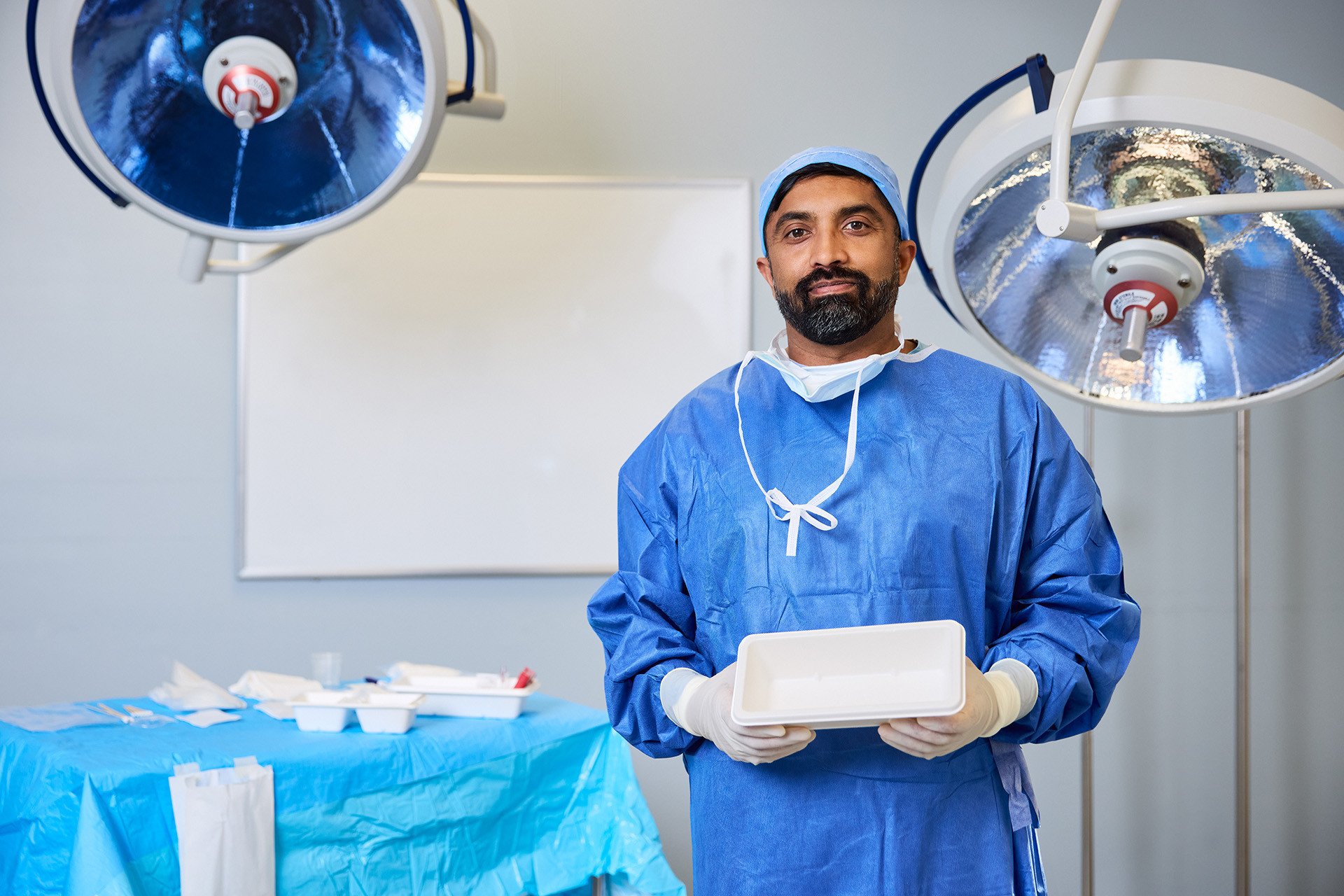In 1945, a bag of flour cost 32 cents, a movie ticket cost 35 cents, and Kaiser Permanente was just starting out with a single 300-bed hospital.
Eighty years ago, on July 21, 1945, what we now call Kaiser Permanente opened to the public as the Permanente Health Plan. It was an innovative idea offering health care and coverage under a single roof, also known as the integrated care model.
After 8 decades of growing and evolving, Kaiser Permanente now has 40 hospitals, 612 medical offices, and 12.6 million members in 8 states plus Washington, D.C.
Northern California, the birthplace of Kaiser Permanente, makes up a significant slice of the organization with 21 hospitals, 201 medical offices, and 4.6 million members.
“Northern California was the first of several locations where Kaiser Permanente pioneered milestones that changed the way American medicine and health care developed,” said Cuong Le, Kaiser Permanente historian and archivist. “These milestones weren’t just technological — they were deeply human, designed to empower our members and improve lives.”
Where it all began
During World War II, Henry J. Kaiser’s shipyards offered a 50-cent-a-week health plan for his shipyard workers and their families. It was so popular that the Permanente Health Plan had trouble keeping up with enrollment and facilities.

Recognizing the potential of this prepaid plan model, Kaiser partnered with founding physician Sidney R. Garfield, MD, to open the shipyard’s health plan to the public. To support the new health plan, Kaiser upgraded and expanded the Fabiola Hospital in Oakland and reopened it as the 300-bed Oakland Permanente hospital on July 21, 1945.
Labor was part of the organization’s DNA from the early days. Nurses from hospitals in Richmond and Oakland signed what is considered the first nurses labor agreement in the United States. In addition, The Permanente Medical Group formed in 1948 with 7 physicians. (One notable early physician was Beatrice Lei, MD, who was an inspiration and role model to women and Asians.)
A model for training nurses
To help fill a nursing shortage following World War II, Kaiser Permanente established the Kaiser Foundation School of Nursing in 1950. It was open to students of all races and financial backgrounds and became a model for training nurses in Kaiser Permanente’s integrated care model approach, which emphasized prevention and evidence-based care. While the school has since closed, Kaiser Permanente Northern California continues to show its commitment to developing nurses through the Nurse Scholars Academy, created in 2015.
Morris Collen, MD, a legend
To call Kaiser Permanente’s Morris F. Collen, MD, an influencer is an understatement. He was one of the 7 founding physicians of The Permanente Medical Group, founder of the Kaiser Permanente Division of Research, and a pioneer at using computers in medicine.

He started working in the shipyards and continued with the organization for decades. In the 1950s, he became well known for developing the Multiphasic Health Test, a preventive health checkup. It was a series of procedures and tests that screened for early signs of illnesses, such as heart disease, diabetes, and cancer.
From this first computerized database, large-scale population research was born at the Division of Research. Under Dr. Collen’s leadership, Kaiser Permanente became one of a handful of places in the world to start this pioneering work in medical informatics.




